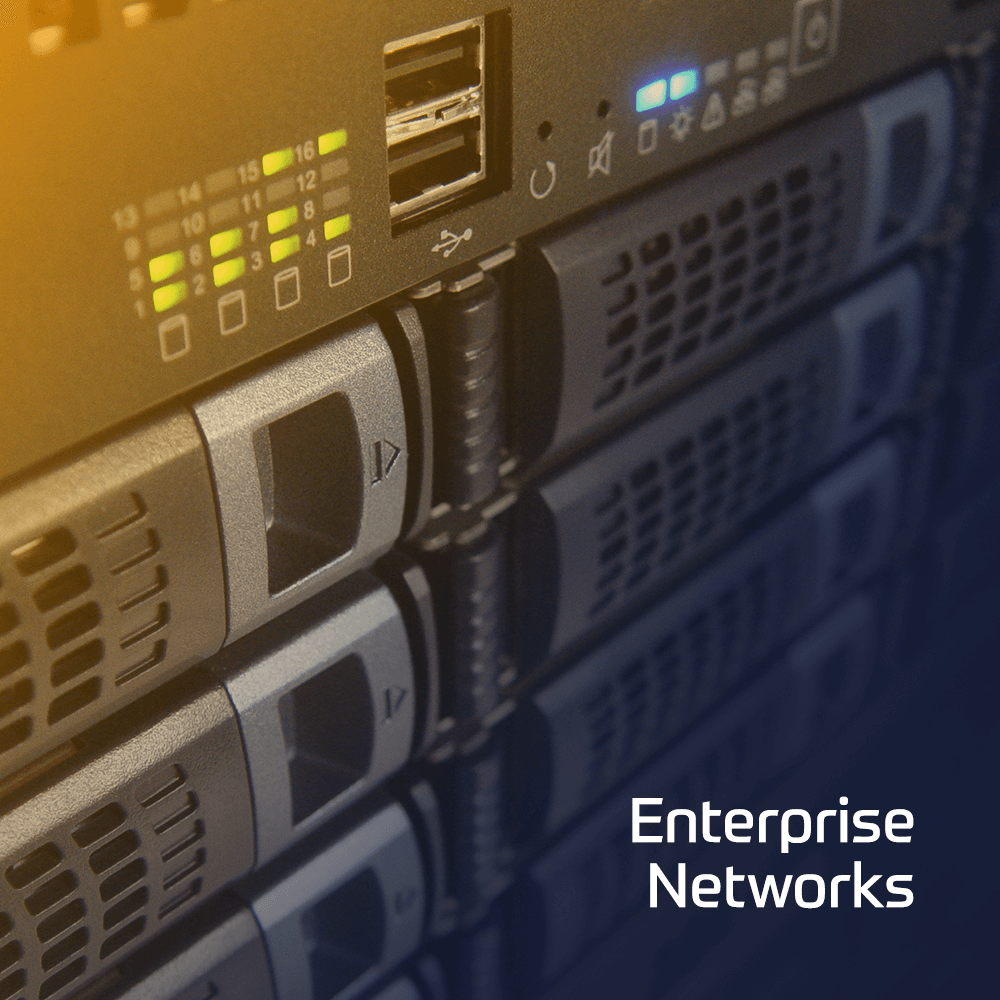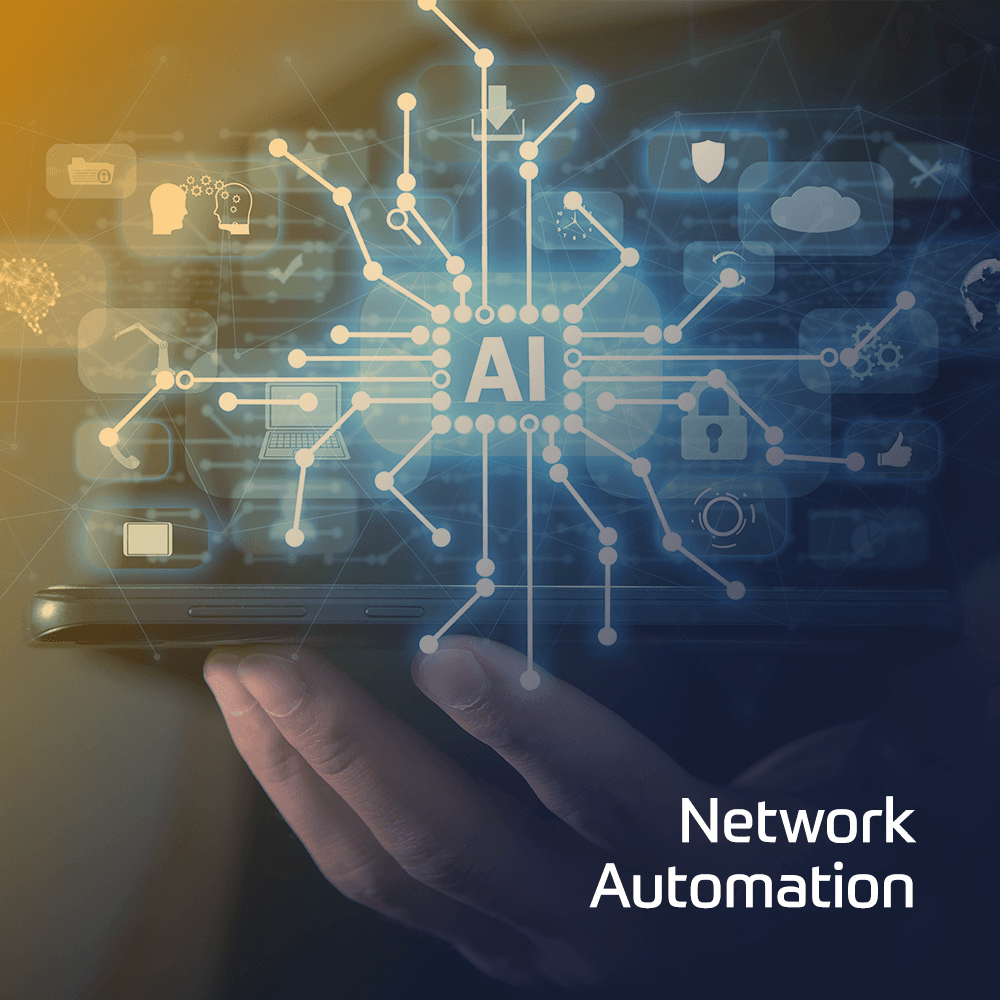This bundle course covers the following two Check Point training courses:
- Check Point Certified Security Expert (CCSE) R81.20 (3 days)
- Check Point Certified Troubleshooting Expert (CCTE) R81.20 (2 days)
The CCSE R81.20 part of the course covers the fundamentals needed to deploy, configure, and manage daily operations of Check Point Security Gateways and Management Software Blades that run on the Gaia operating system.
The CCTE R81.20 part of the course
provides advanced troubleshooting skills to investigate and resolve more complex issues that may occur while managing your Check Point security environment.

 Finland
Finland Germany
Germany Denmark
Denmark Sweden
Sweden Italy
Italy Netherlands
Netherlands Norway
Norway 


























 Duration
Duration  Delivery
Delivery  Price
Price